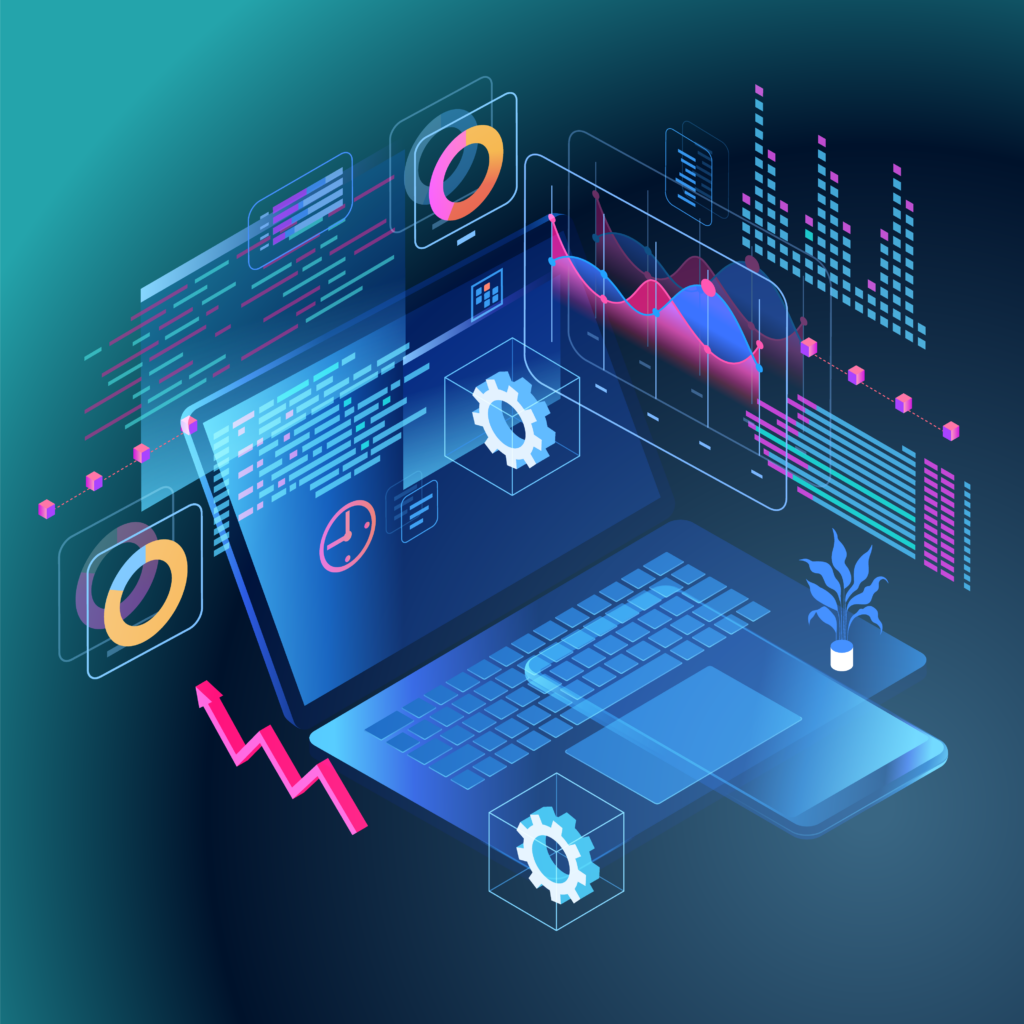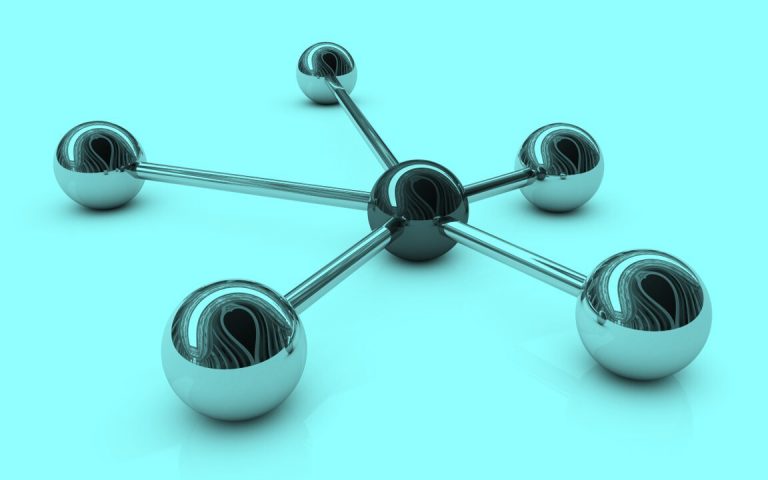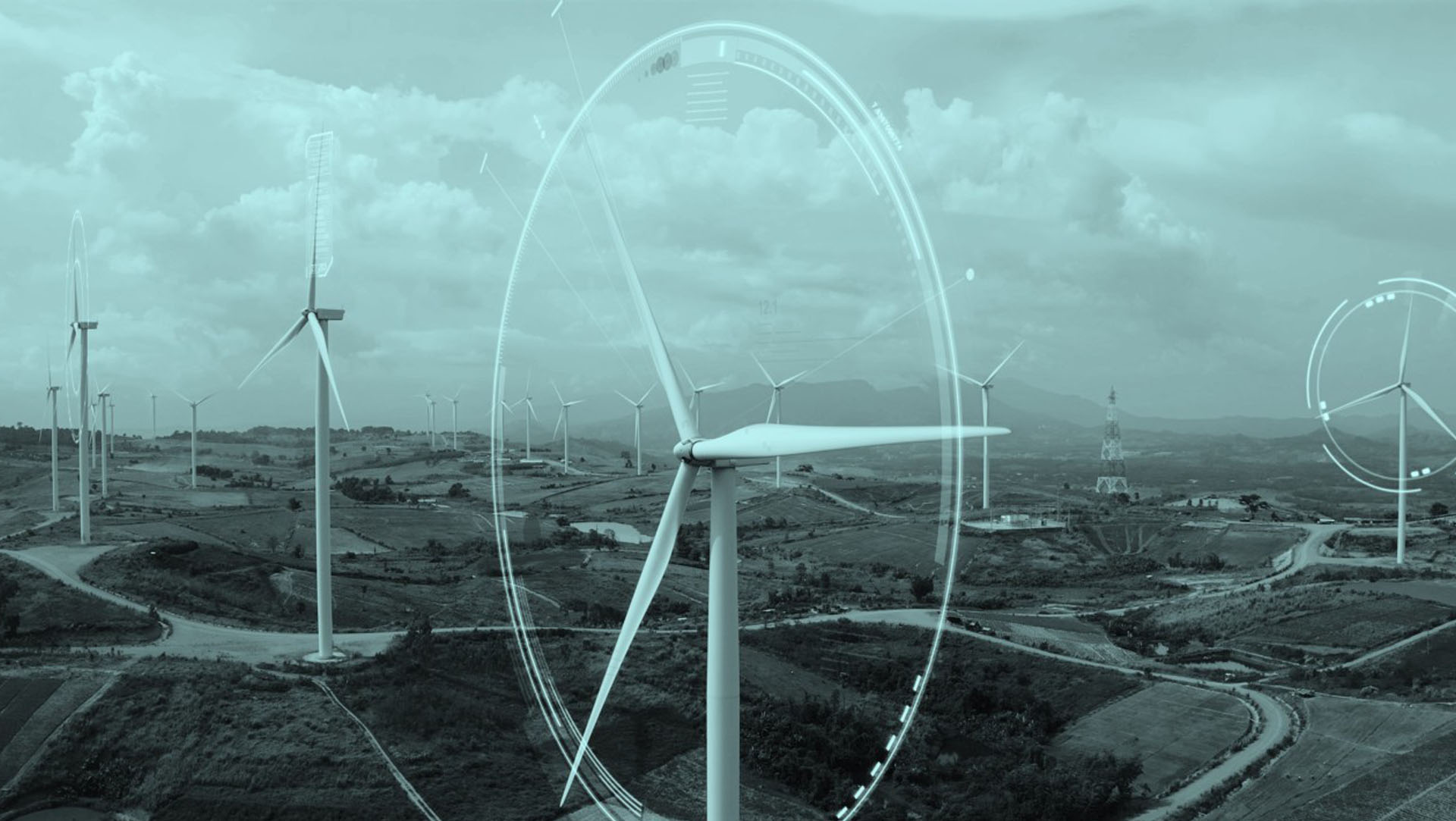SkySpecs Performance
Through regular, automated assessment of turbine performance, issues can be quickly detected and diagnosed. Our prioritized recommendations are delivered by a domain expert who joins every meeting. Furthermore, we provide an unbiased assessment of wind turbine upgrades, including accurate calculation of AEP change.
SCADA-Based Performance and Component Health Monitoring
Major component failures can result in extremely high repair costs, complex warranty claim procedures, and significant lost production. Detecting and diagnosing those failures early, along with any other issues that affect operation efficiency, can be like finding a needle in a haystack.
SkySpecs Performance will regularly scan your fleet, detecting any problems as soon as they occur and providing clear recommendations, enabling you to take immediate action.
Actionable Insights That Drive Actual Cost Savings
We leverage multiple information flows (including blade inspection data, SCADA data, weather data, met masts, market data, and RTU data) to ensure maximum information is extracted and translated into insights that allow you to take control of your O&M strategy.
Reduce Workload
Industry professionals are under constant time pressure as fleet sizes increase. Our approach provides painless onboarding, fully automated analysis, and advice delivered directly by industry experts.
Improved Decision Making
We prioritize all results and recommendations so that actions can be taken on the issues with the greatest potential for positive gains.
Zero Effort To Onboard
We have a “zero effort” onboarding process for our busy customers which takes a few hours of your time rather than weeks or months.

We Are Your Trusted Partner for Fleet Optimization
Our methods are based on decades of domain expertise, embedded into highly efficient software tools.
Domain Expertise
Support from a team of industry professionals with a wealth of experience in wind turbine operations, embedded into software technology.
Augmented Intelligence
Software running on the cloud, automatically analyzing SCADA data for a huge global fleet of wind turbines, diagnosing performance and health issues.
Prioritization
Prioritized insights and recommendations delivered automatically into digital workflows, to be reviewed by human experts and converted into actions.
Value
Value generation in operational wind energy fleets through reduced downtime, increased performance, and lower operational costs.
Our Industry-Leading Technology
We use Augmented Intelligence to analyze thousands of wind turbines with the highest level of automation. What is Augmented Intelligence? We build technology to help industry professionals to make complex decisions more efficiently. This is the essence of Augmented Intelligence – we do not replace humans with AI, we combine software technology with human experience and intuition to create something that is smarter than AI will ever be.
Intelligent
Self-learning, adaptive models to simulate healthy turbine behavior and detect faults. Rapid onboarding and learning allow brand-new wind farms to be analyzed without long periods of historical data.
Automated
Full automation of the entire analytics process from data collection, data validation, analysis, and reporting.
Scalable
Modular software design based on a suite of individual Applications, allowing us to deliver exactly what you need.
Transparent
Statistics and machine learning combined with physics and engineering, to produce efficient but transparent models.









